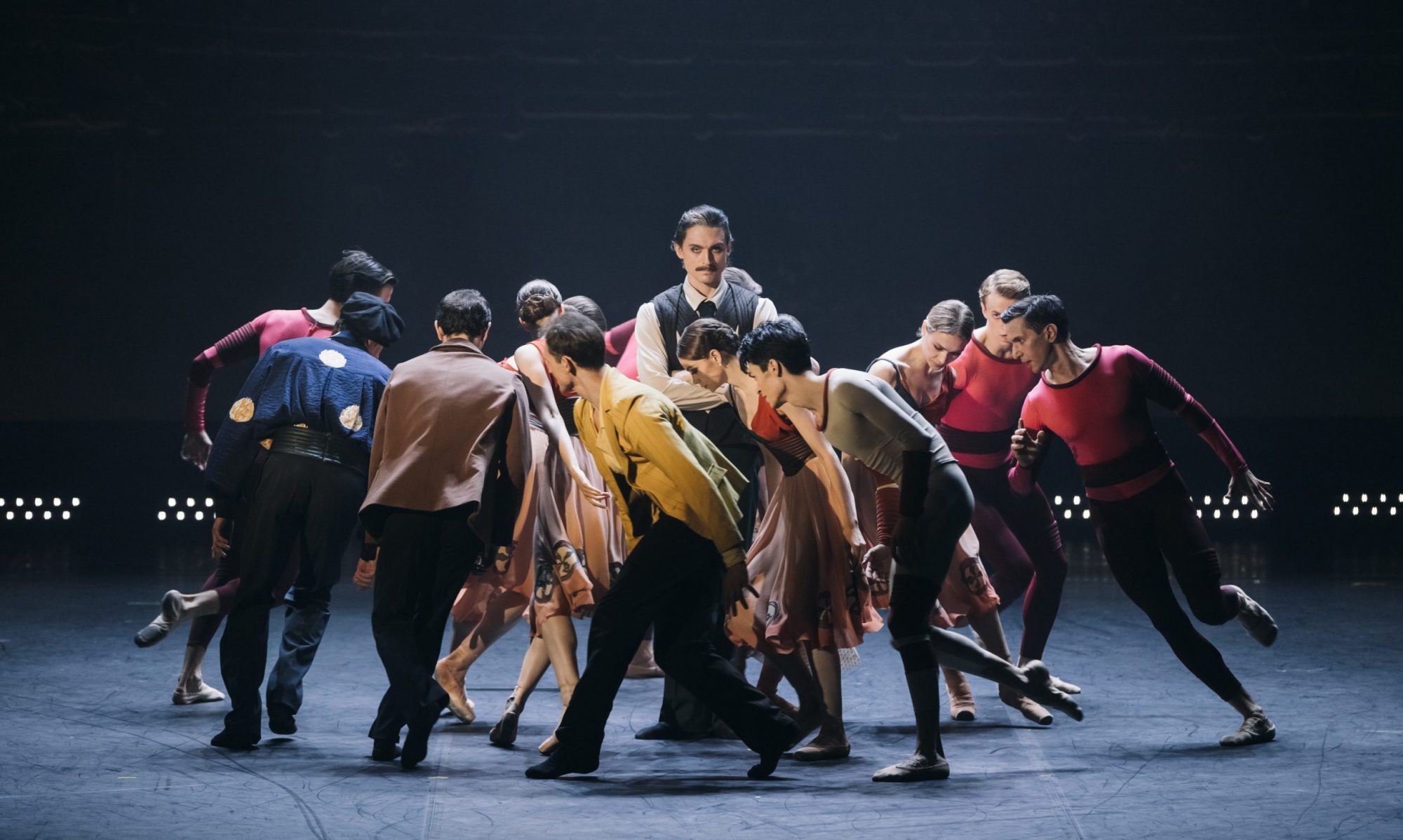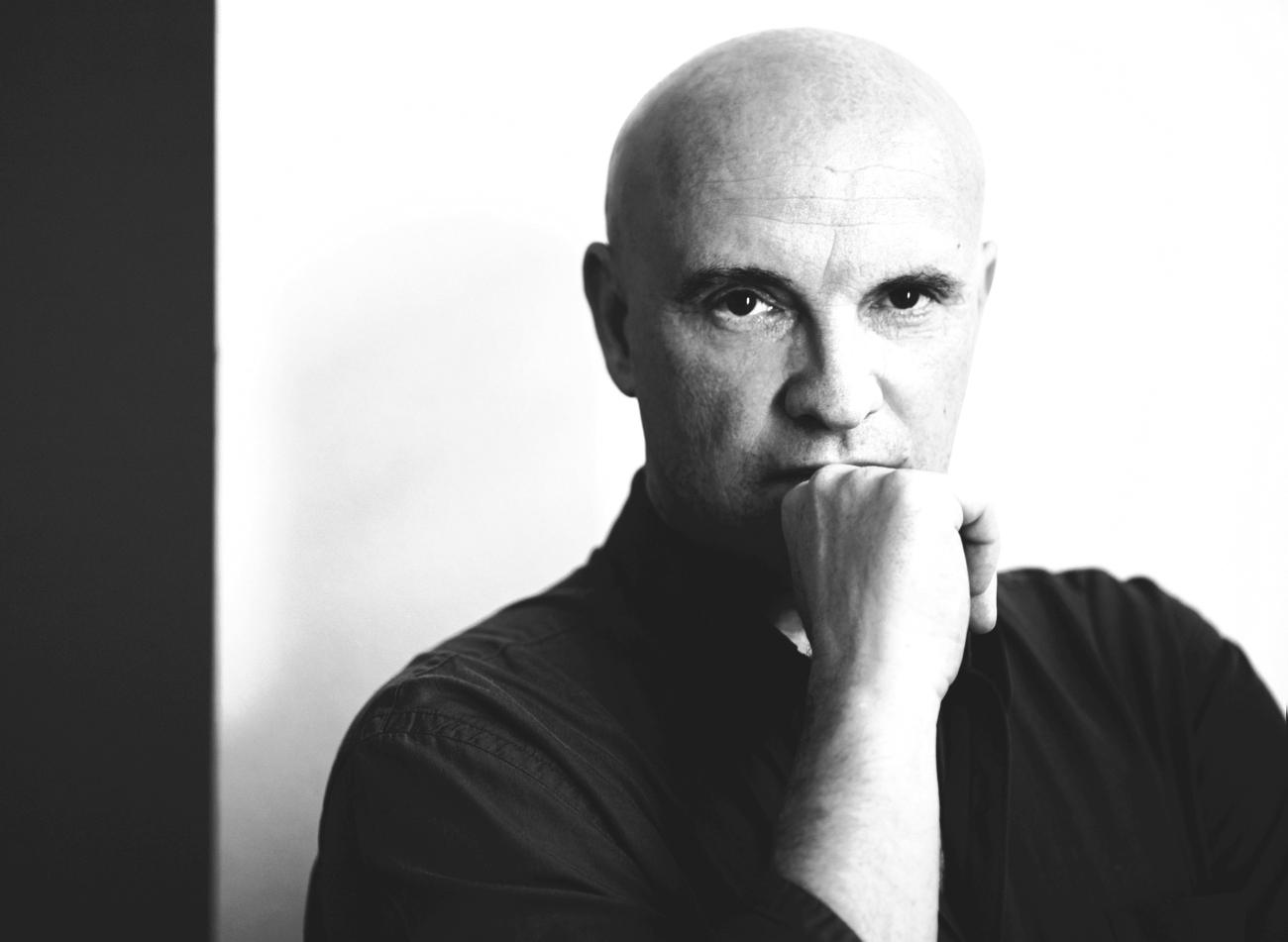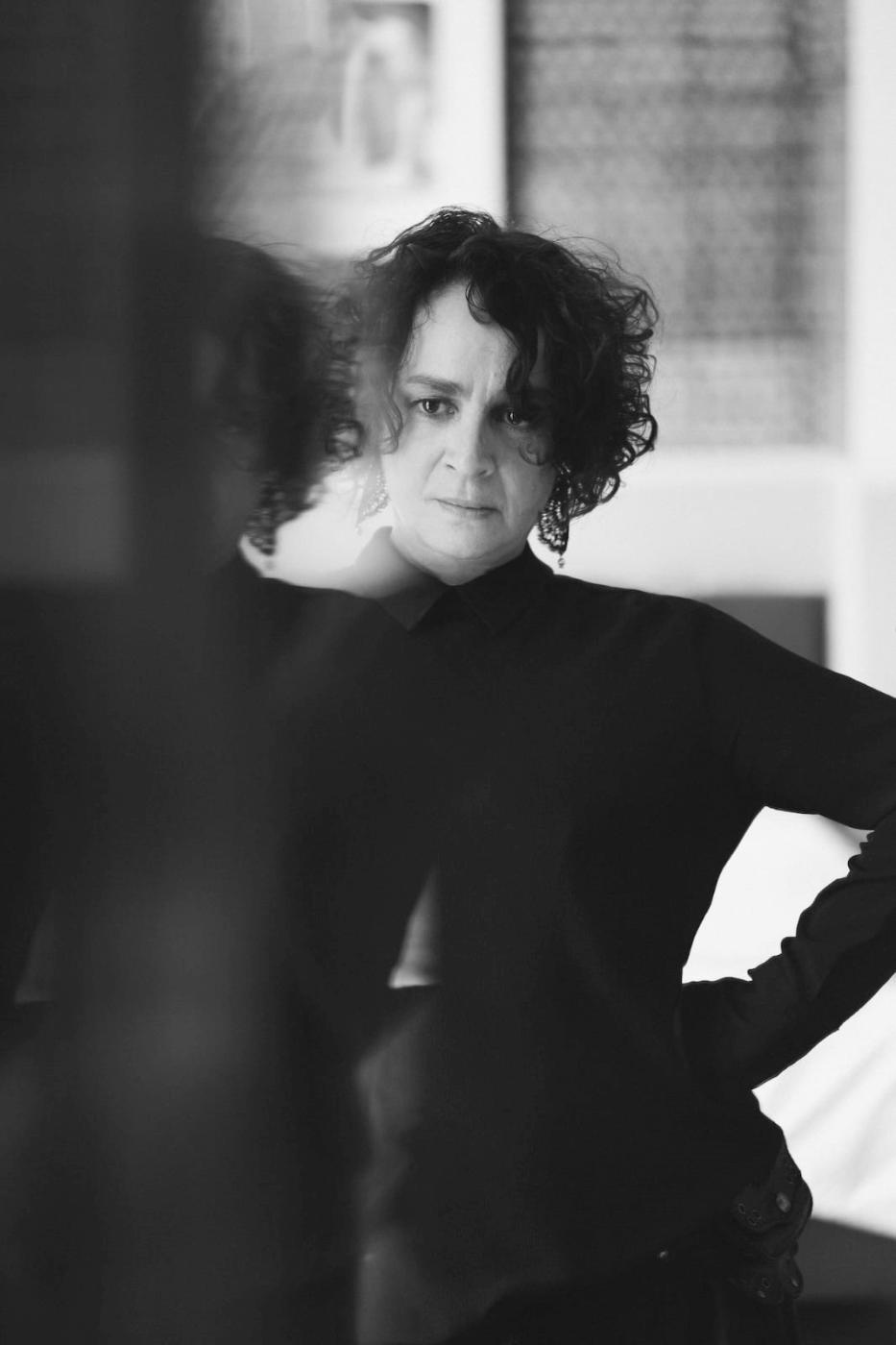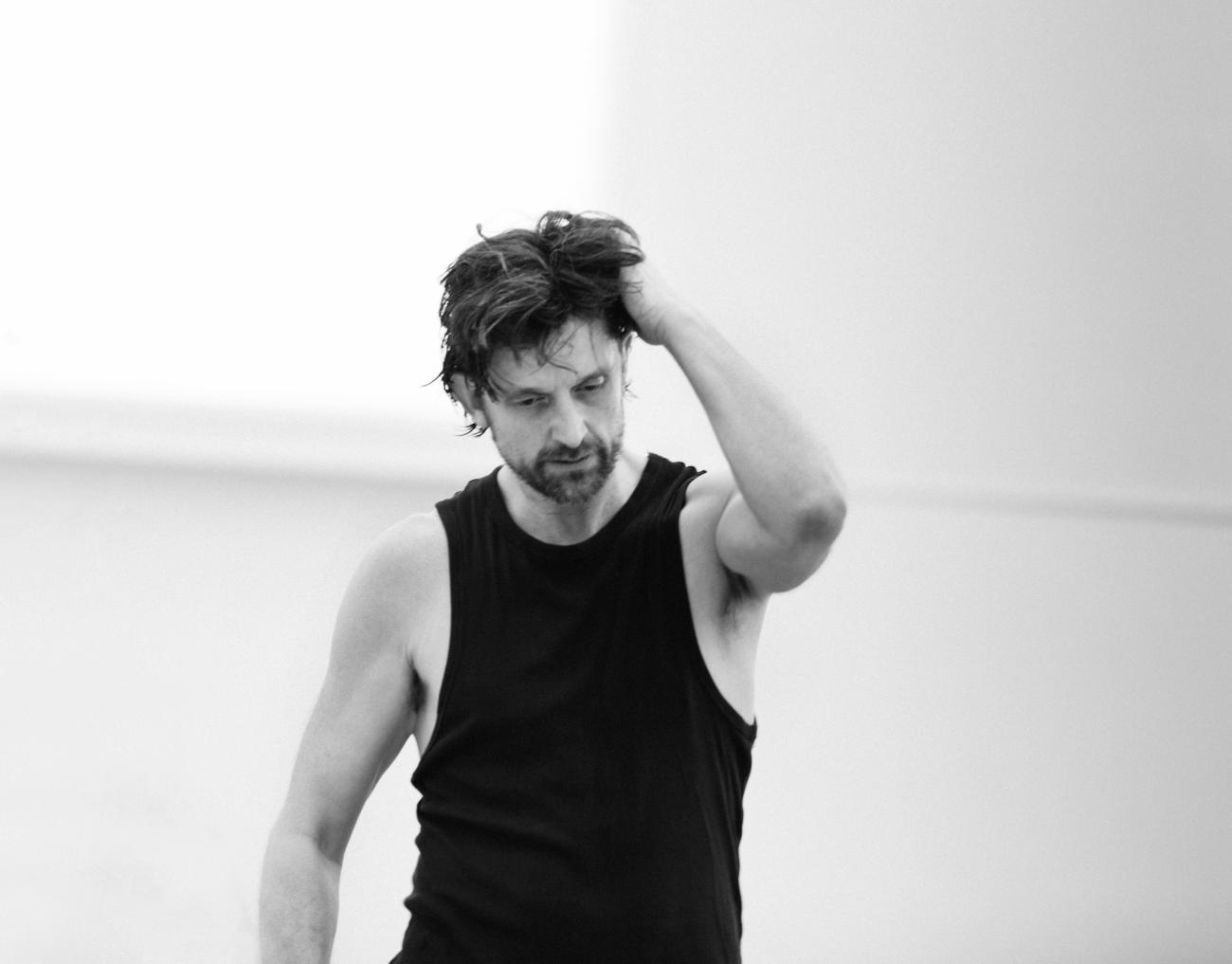“Malditos Benditos”
Ballet of the State Theater Nuremberg
State Theater
Nuremberg, Germany
July 10, 2025
by Ilona Landgraf
Copyright © 2025 by Ilona Landgraf
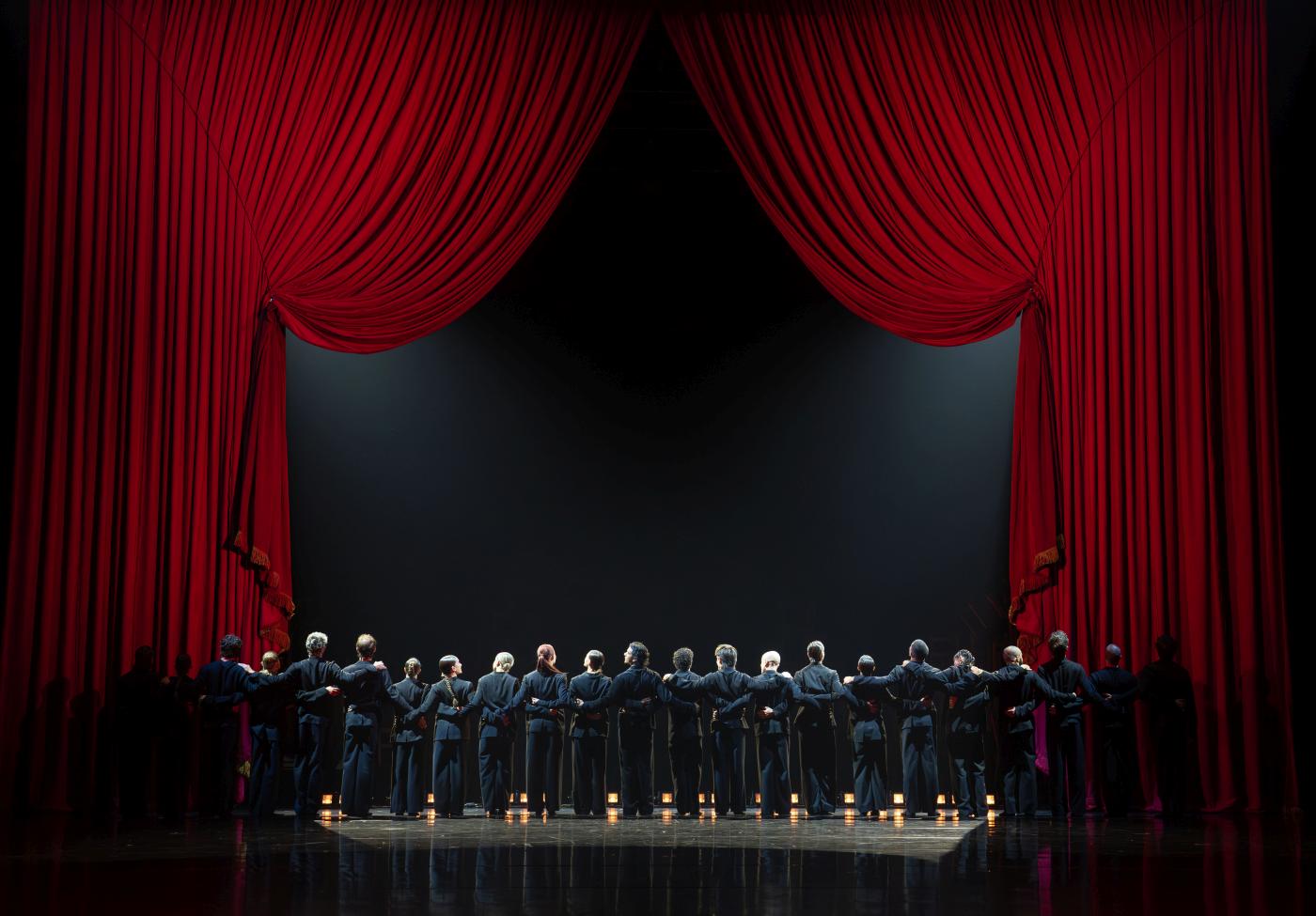 Malditos Benditos (“Damned Blessed Ones”) is Goyo Montero’s farewell piece to Nuremberg. After seventeen years as artistic director of the State Theater’s ballet company, the Spaniard will leave for the State Ballet Hanover this autumn to take up the reins Marco Goecke was forced to give up in 2023. Richard Siegal, director of the Cologne-based Ballet of Difference, will succeed Montero in Nuremberg and bring his dancers along. They will merge with their Nuremberg colleagues into the State Theater Nuremberg Ballet of Difference.
Malditos Benditos (“Damned Blessed Ones”) is Goyo Montero’s farewell piece to Nuremberg. After seventeen years as artistic director of the State Theater’s ballet company, the Spaniard will leave for the State Ballet Hanover this autumn to take up the reins Marco Goecke was forced to give up in 2023. Richard Siegal, director of the Cologne-based Ballet of Difference, will succeed Montero in Nuremberg and bring his dancers along. They will merge with their Nuremberg colleagues into the State Theater Nuremberg Ballet of Difference.
Malditos Benditos is the counterpart to Benditos Malditos, Montero’s first creation in Nuremberg in 2008. Many of the intervening twenty-five productions are reflected in Malditos Benditos. Applause blended into the medley of musical snippets and electronic noise as the black curtain rose. The black-suited dancers (costumes by Goyo Montero and Margaux Manns) bowed to the applause of an imaginary audience at the rear stage, framed by a bright red curtain. Continue reading “A Recap”
